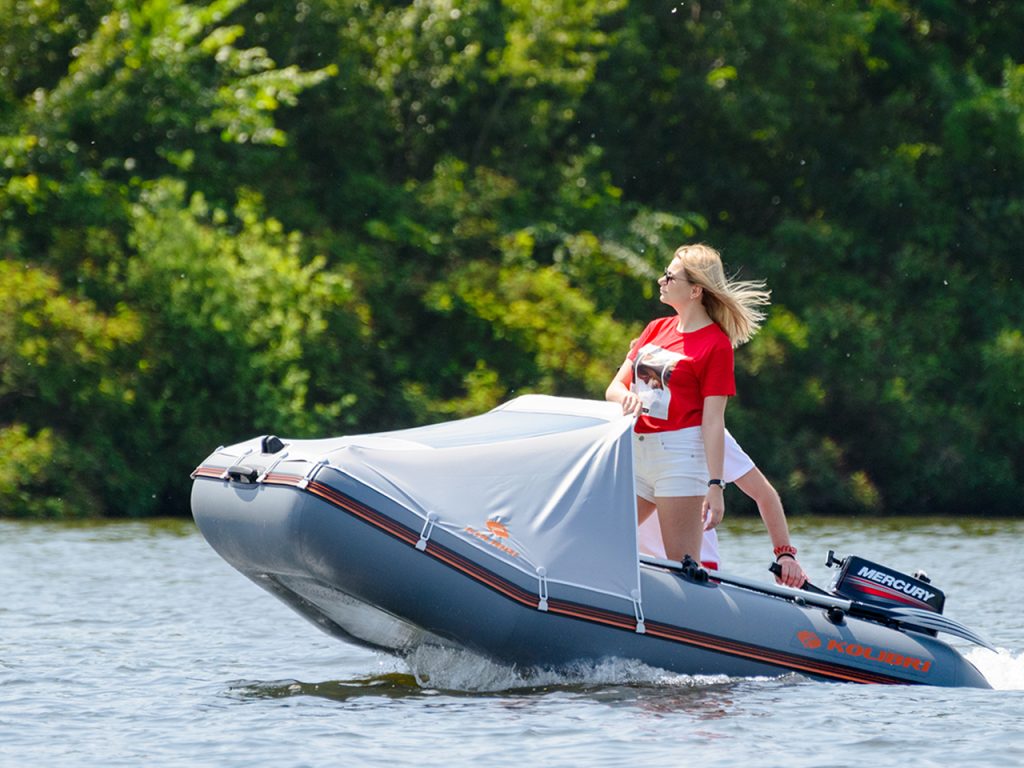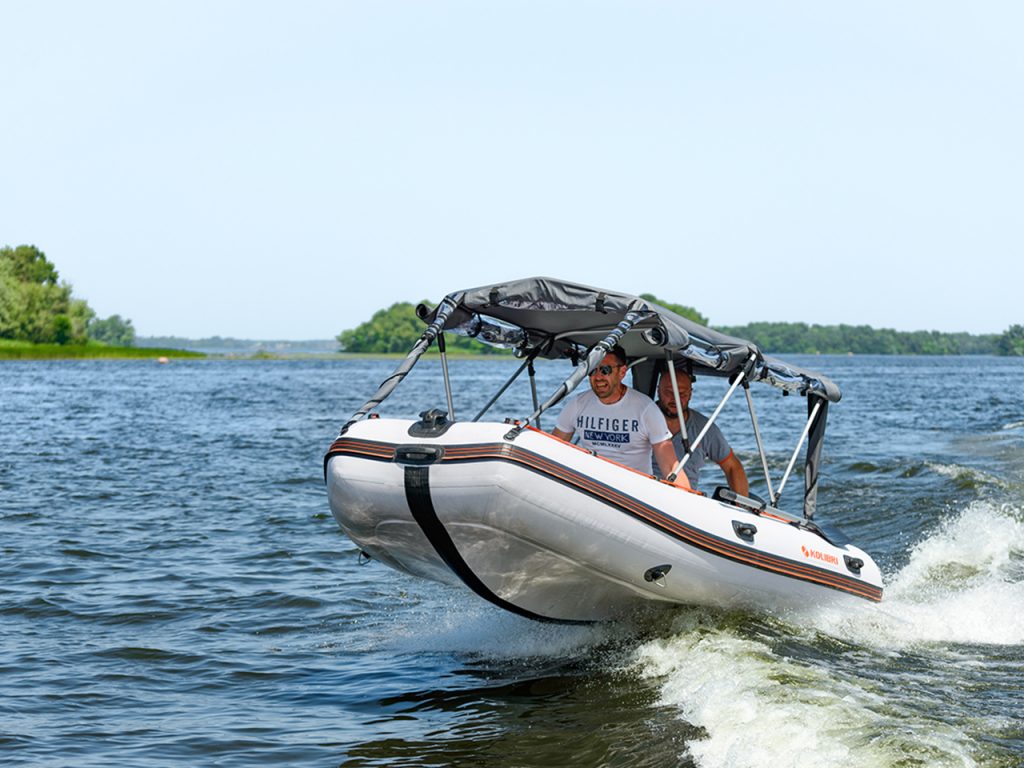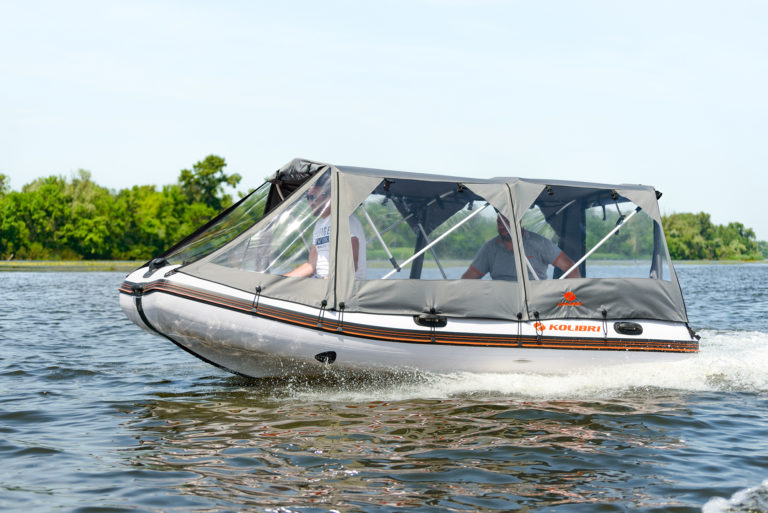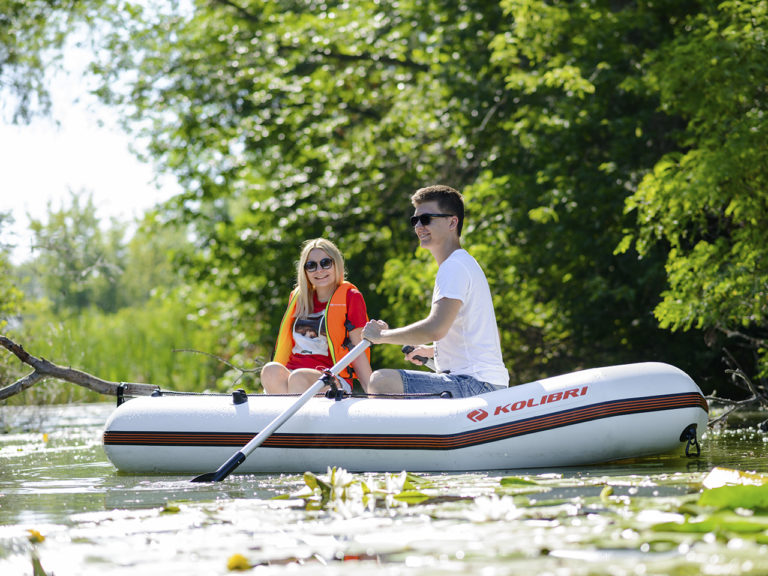Why you shouldn’t convert flat-bottomed boat to keelboats

We all strive for something better, often we want to improve the technical or vehicles we already have. The same applies to PVC inflatable boats. Consider an example where the owner of a flat-bottomed boat is eager to convert it into a keelboat in order to put a more powerful motor on it as a result.
You can often find advertisements for such a boat modernization service. You will be told that, having a relatively inexpensive inflatable flat-bottomed transom boat, you can add an inflatable keel to it (with or without replacing the standard bottom, with replacing the standard transom with a “keel” transom or even without such a replacement).
It happens that boat sellers at the stage of selection and purchase advise the client to buy an inexpensive flat-bottomed motor inflatable PVC boat, and then, they say, you can always improve it by converting it into a keel boat. Motivating such advice by the fact that it is allegedly cheaper than buying a keel boat right away.
We want to say right away – no, this is fundamentally wrong and technically wrong.
Even financially, you won’t save anything from such a rework, it’s cheaper to immediately buy a keelboat or sell a flat-bottomed one, add money and buy a keelboat.
Let’s consider this question in details.

Bottom shape
If the keel tube is installed on a regular flat bottom of the boat, an additional load is created at the junction of the bottom with the tube, which can lead to damage to the seam. The serial keel boat has a V-shaped bottom, which forms a more pronounced keel line and a reinforced junction with the keel tube. That is, such an alteration violates the geometry of the bottom.
Transom shape
KOLIBRI keel boat has a transom with a certain predetermined deadrise angle. The transom of a flatboat is not the same, so the aforementioned alteration will negatively affect the driving performance of the boat. In conditions of using a more powerful motor, high speed and dynamic loads on the body can lead to sad consequences.
Legality
Such an alteration will not give a legal opportunity to install a more powerful motor, since the boat has a factory technical plate with the standard characteristics of a “flat-bottomed boat”, where the maximum allowable power of the motor is regulated.

Conclusions
To summarize, the motor flat-bottomed boat structurally does not meet the operating conditions typical for keel boats, even with alterations or modernization. Theoretically, a full-fledged alteration can be done at the factory, and not in a garage handicraft workshop, but even then this is not economically justified, because the cost of the alteration will be equivalent to the price of a new serial KOLIBRI boat.
But the most important thing is the safety of operation of any watercraft. On a converted boat, there is no guarantee of directional stability, there will be no normal glide path. Not to mention the simple integrity of the seams and the body as a whole during increased dynamic loads.
KOLIBRI BMC does not recommend the conversion of flat-bottomed PVC inflatable boats into keel boats. There are different series and models of boats, they are structurally different and each serve its own purposes. Be consistent and careful in choosing your boat, then your vacation on the water will be safe, and your boat will delight you and your friends for many years.





